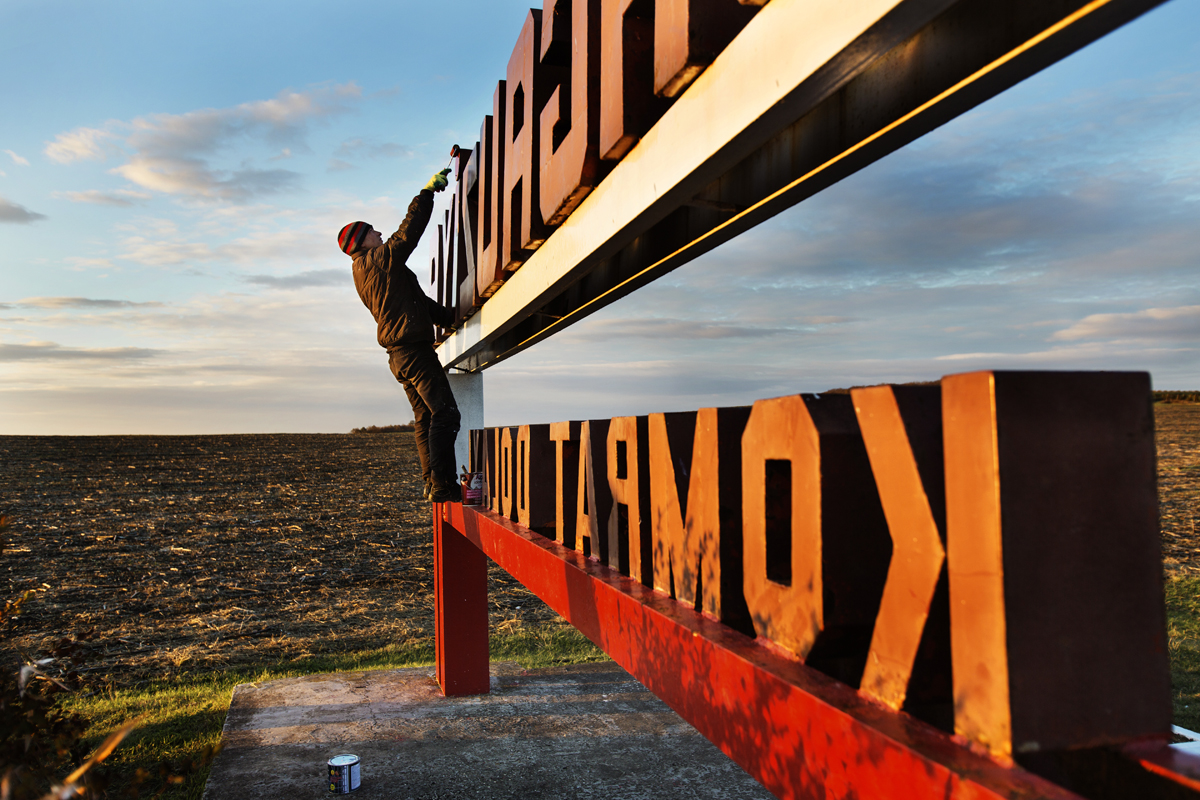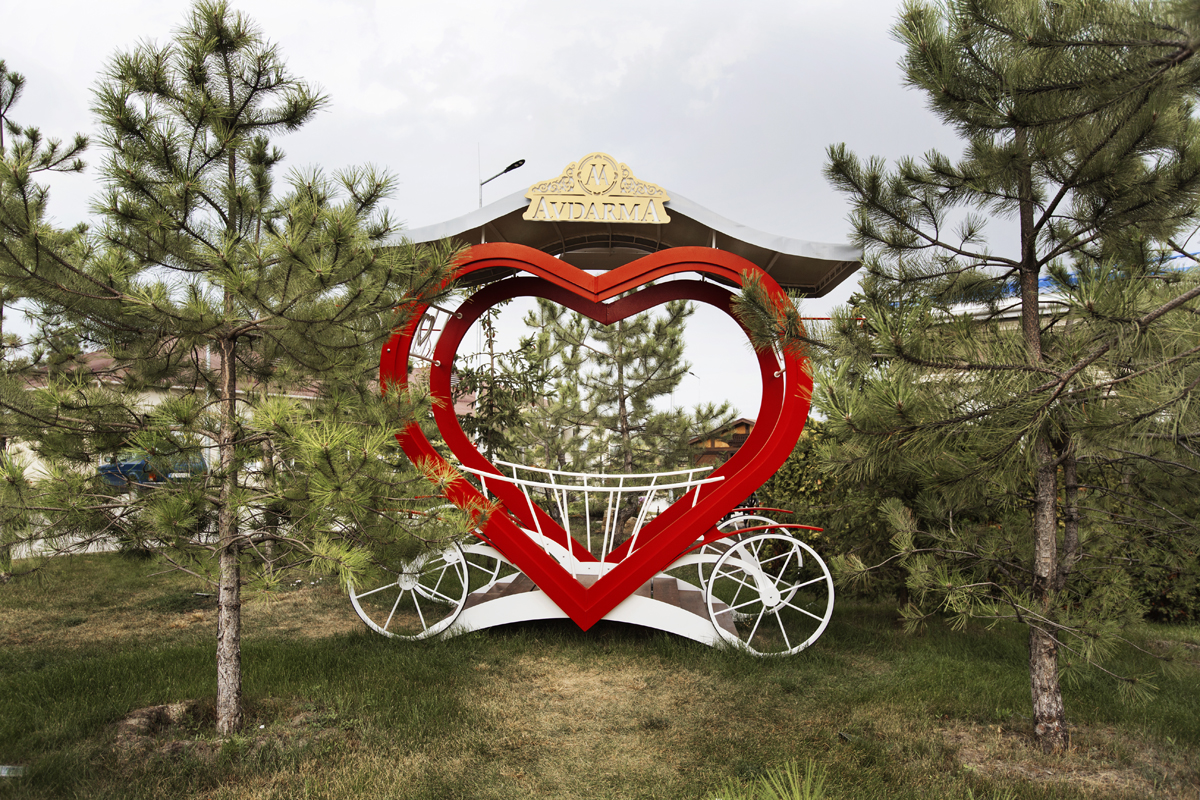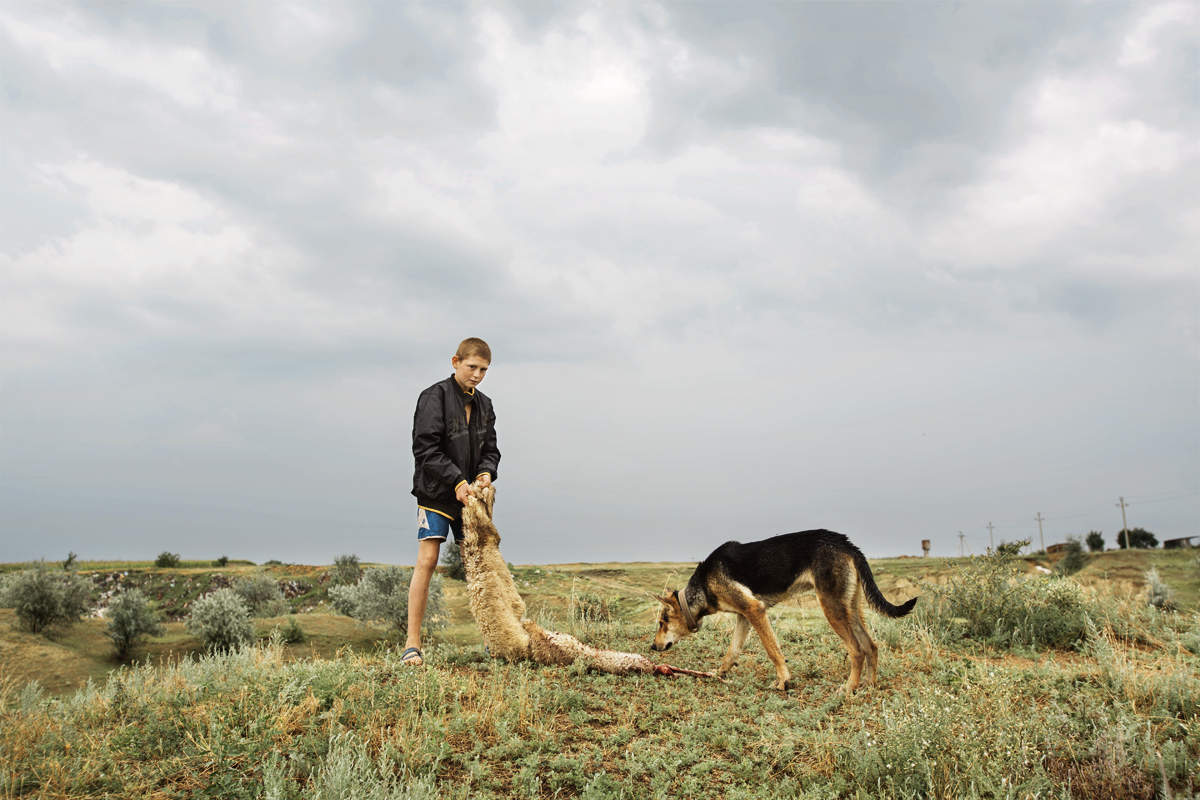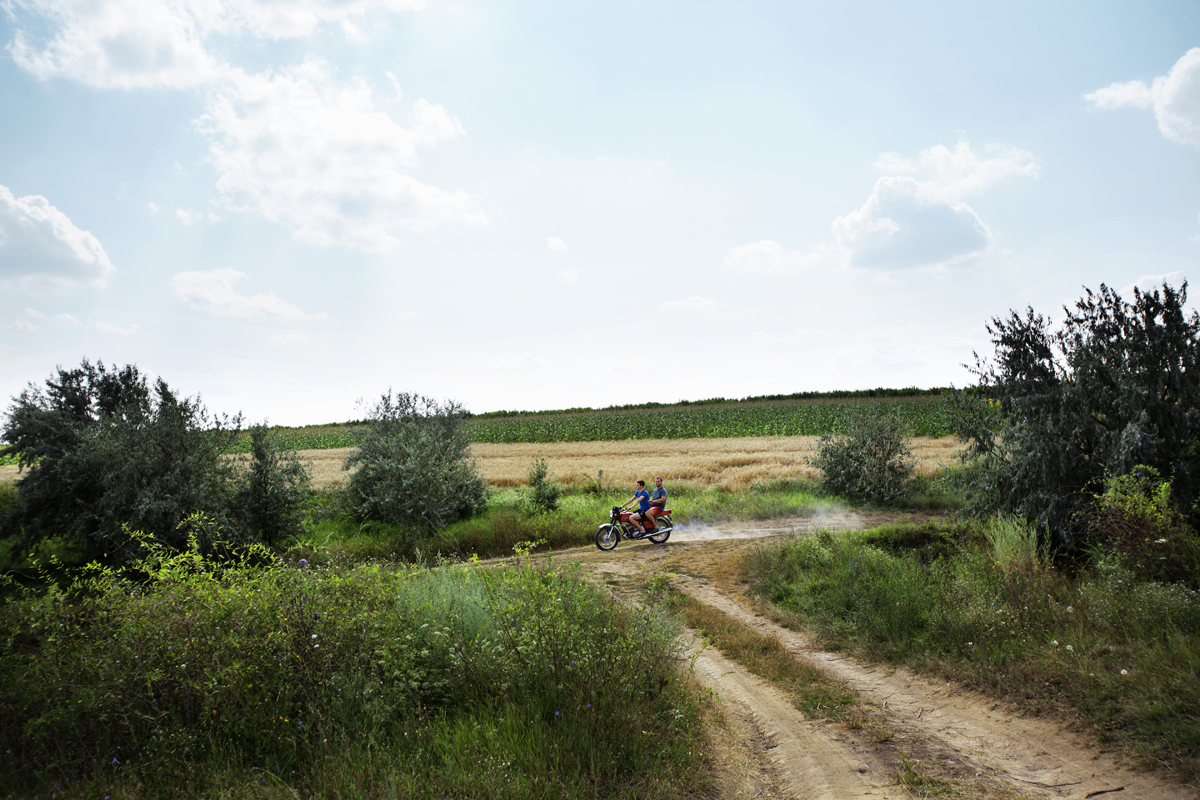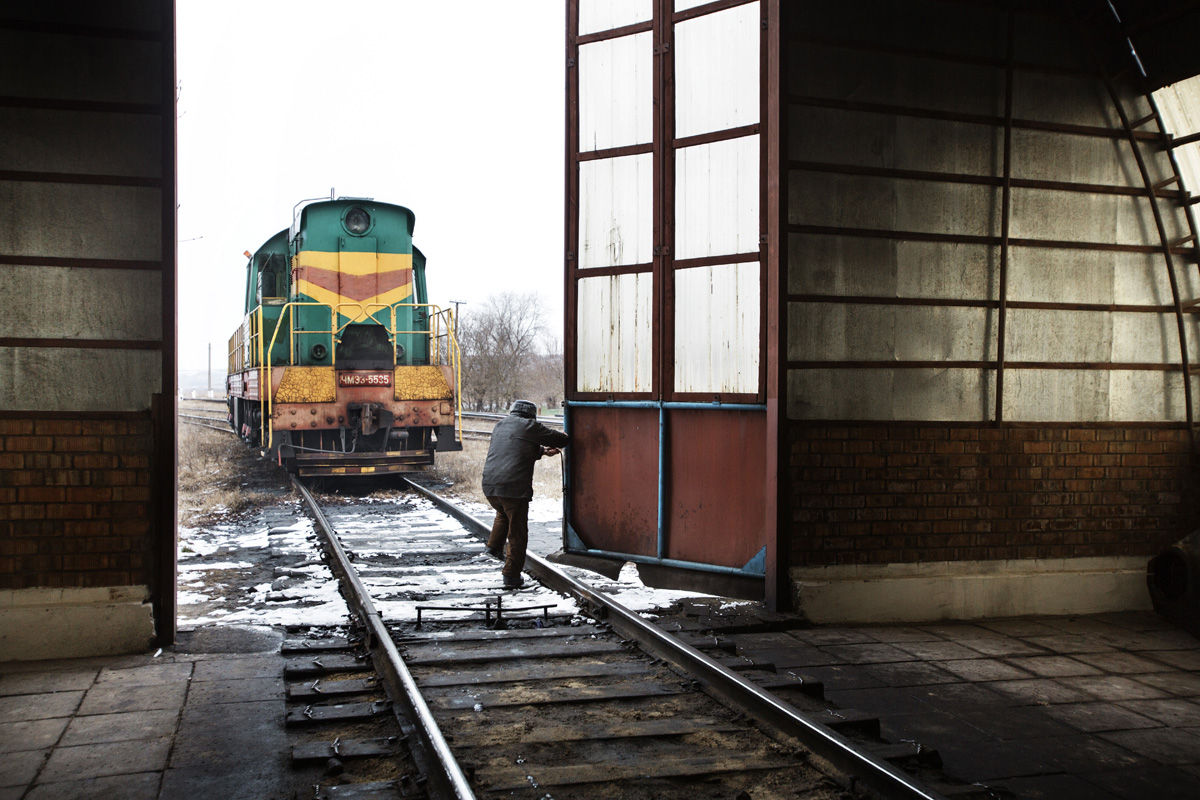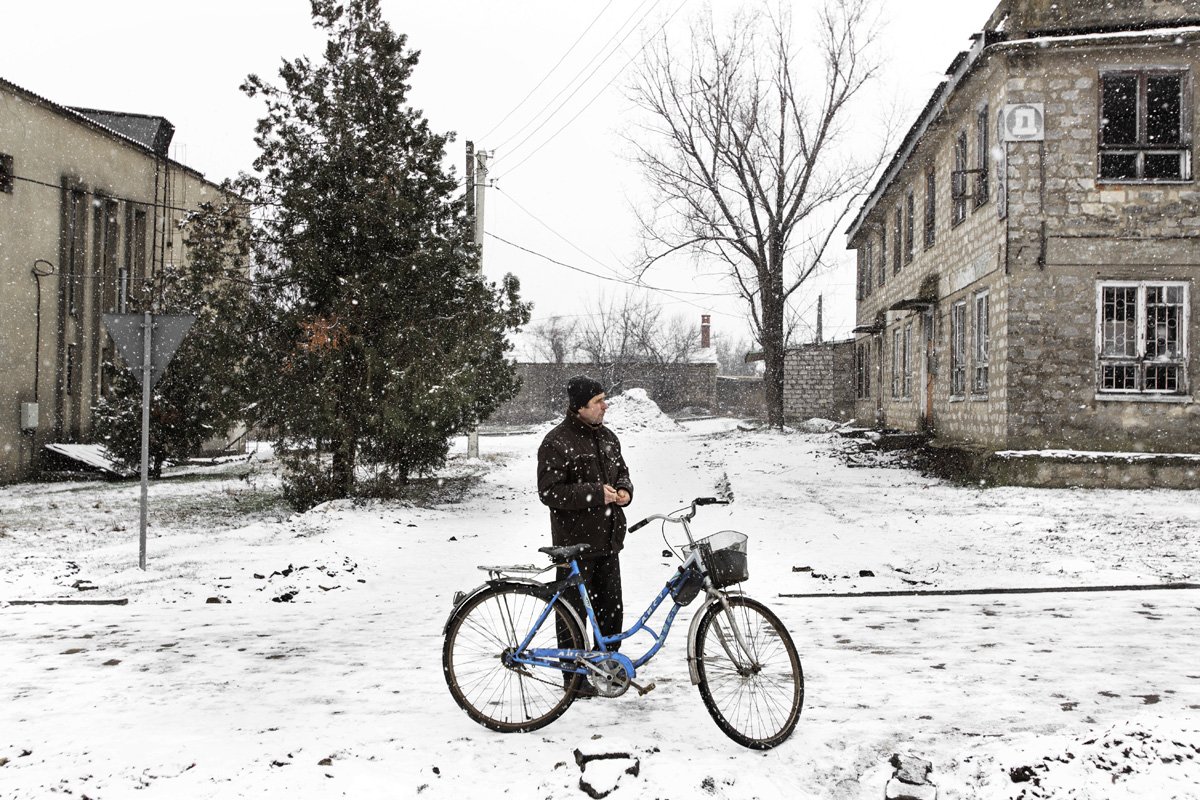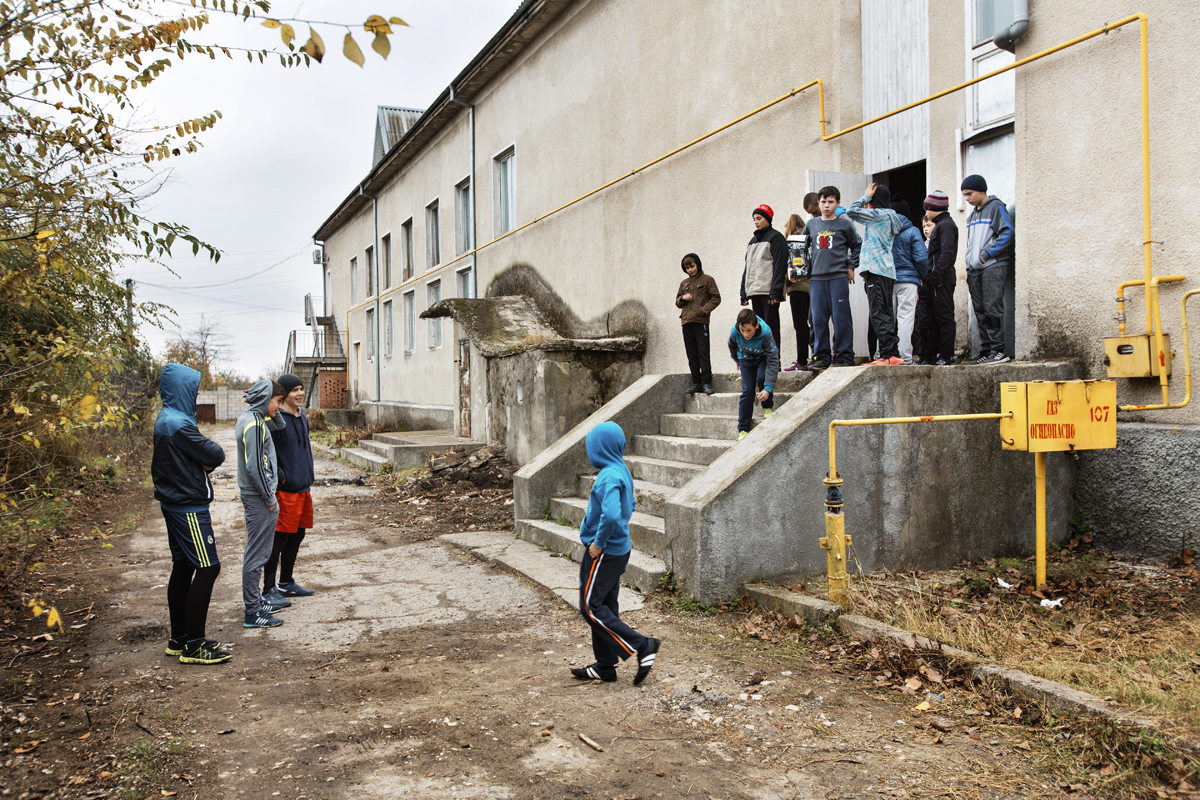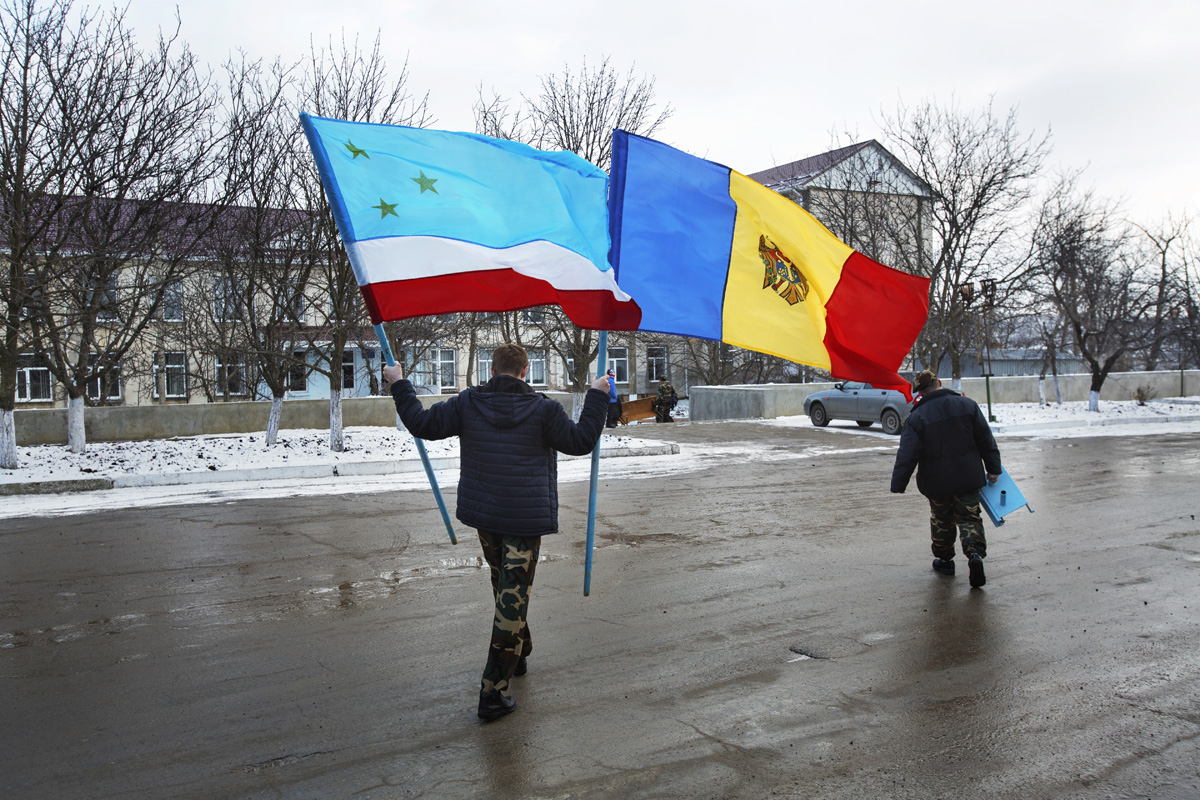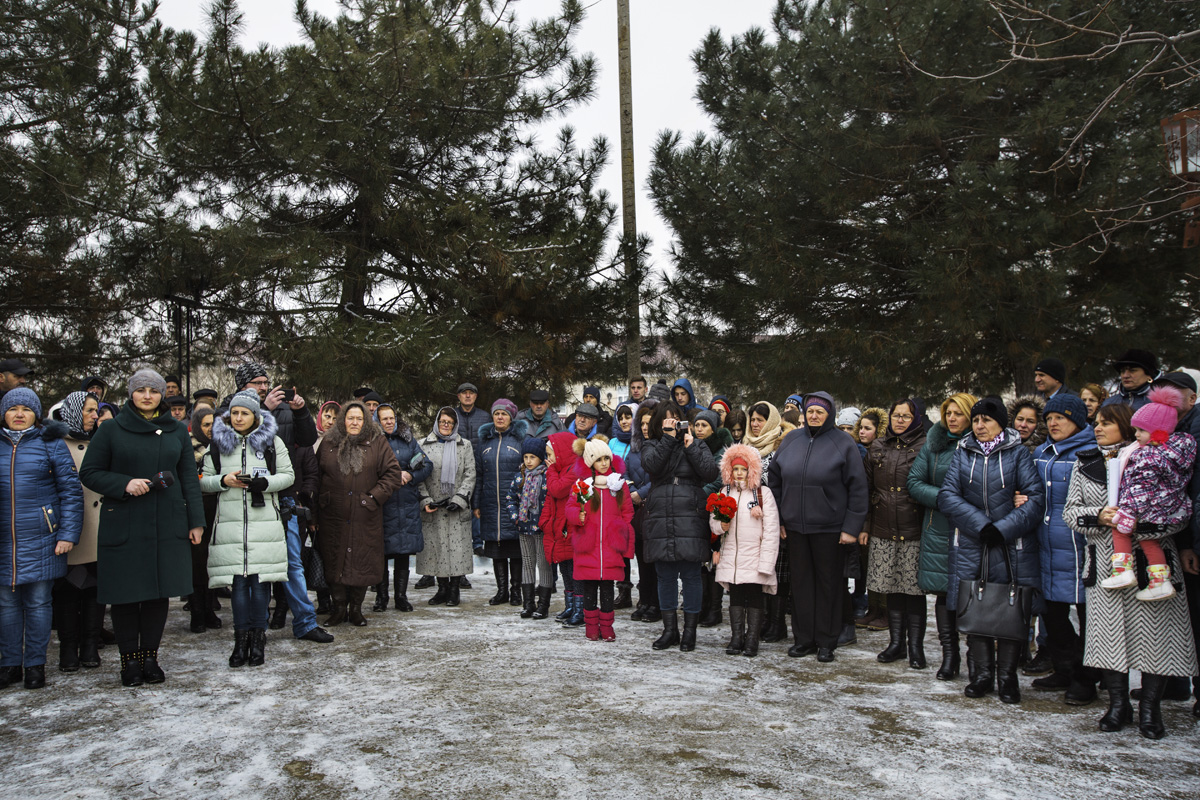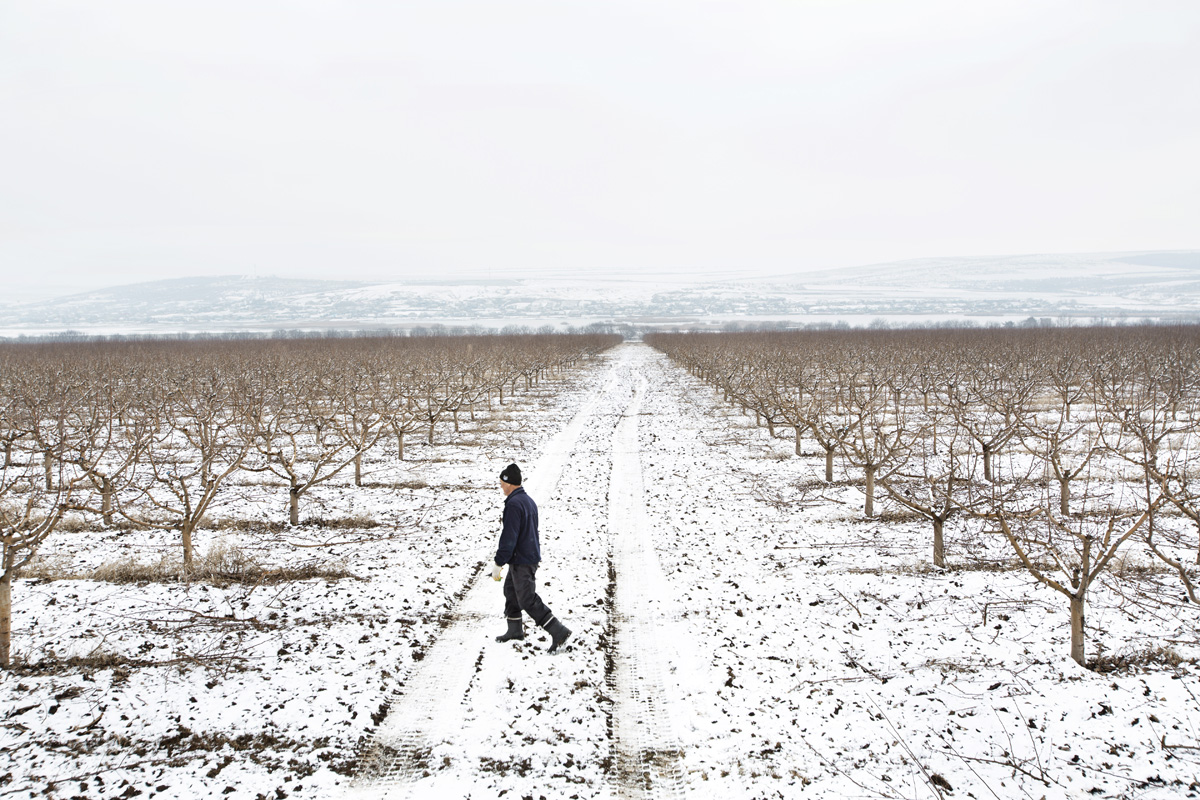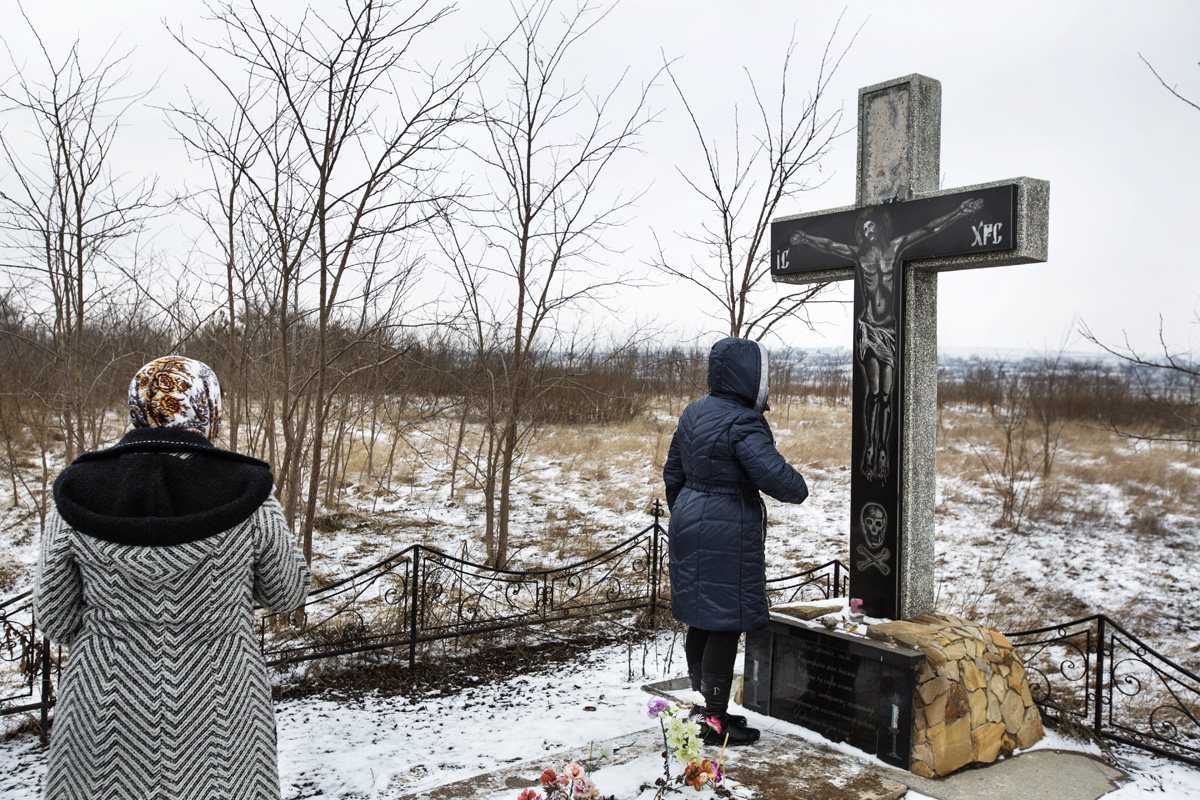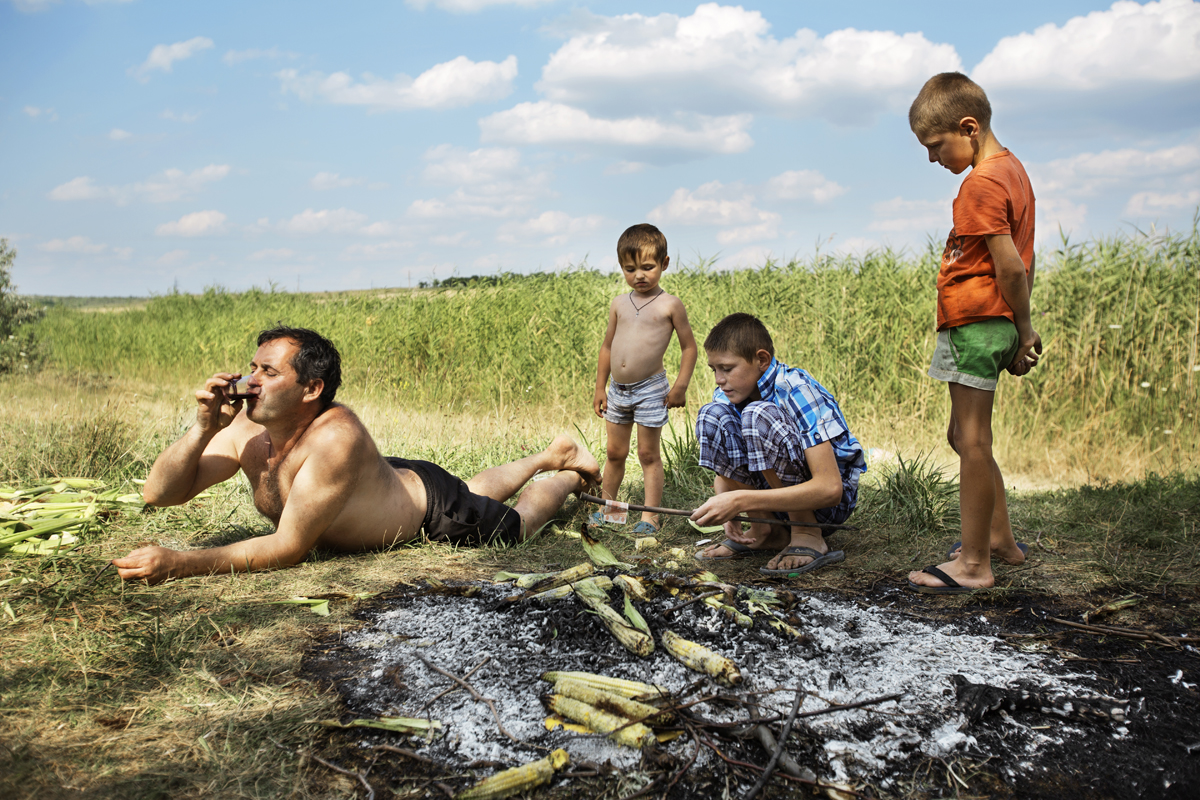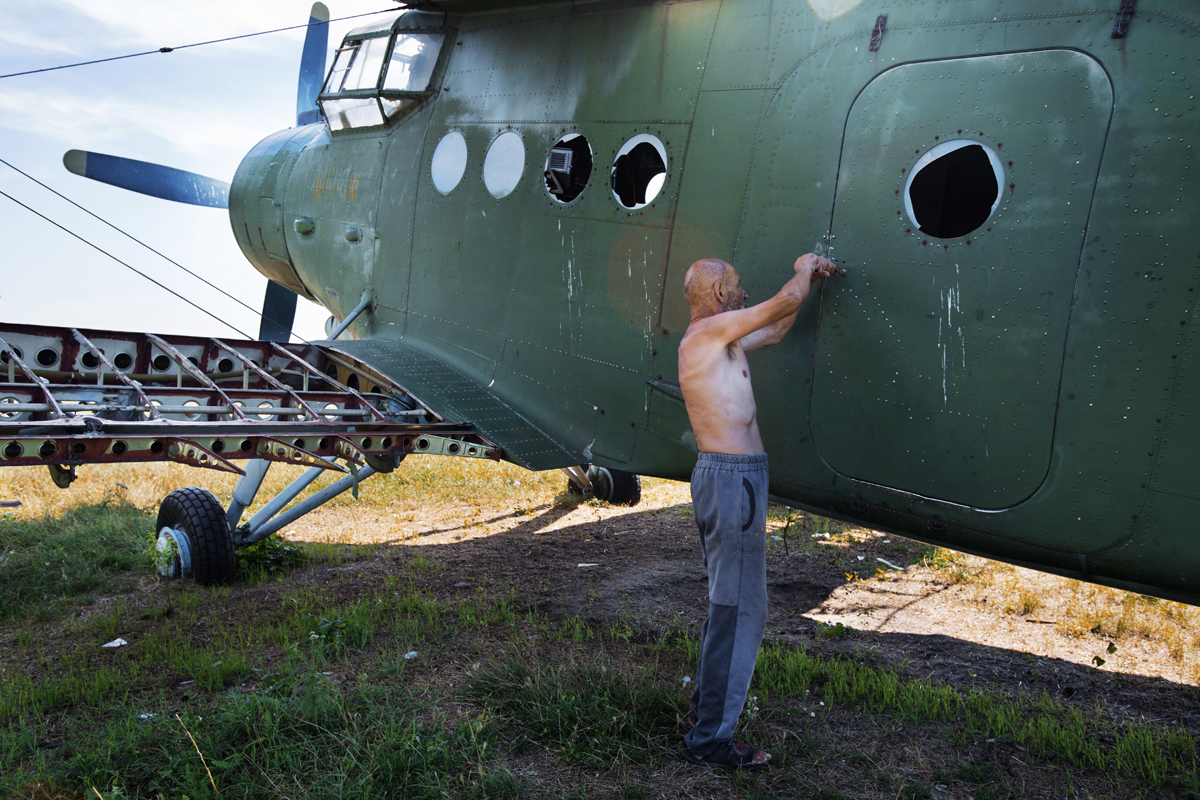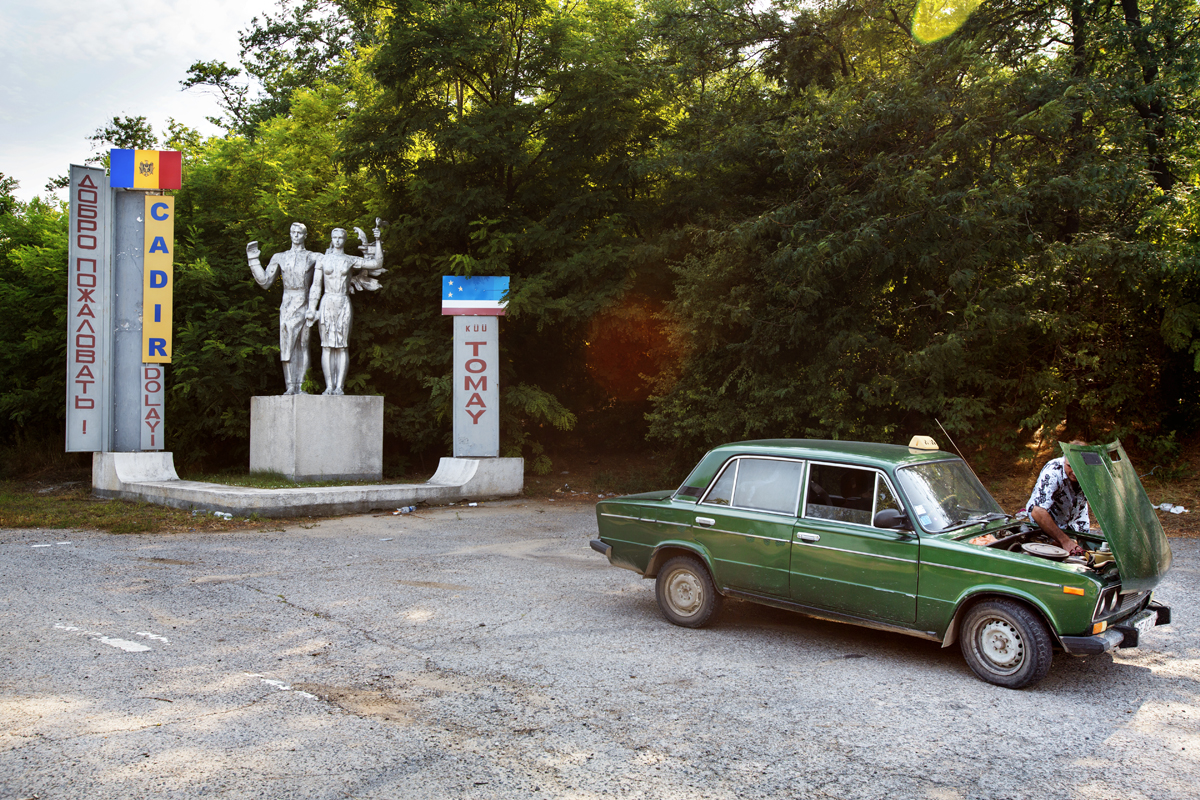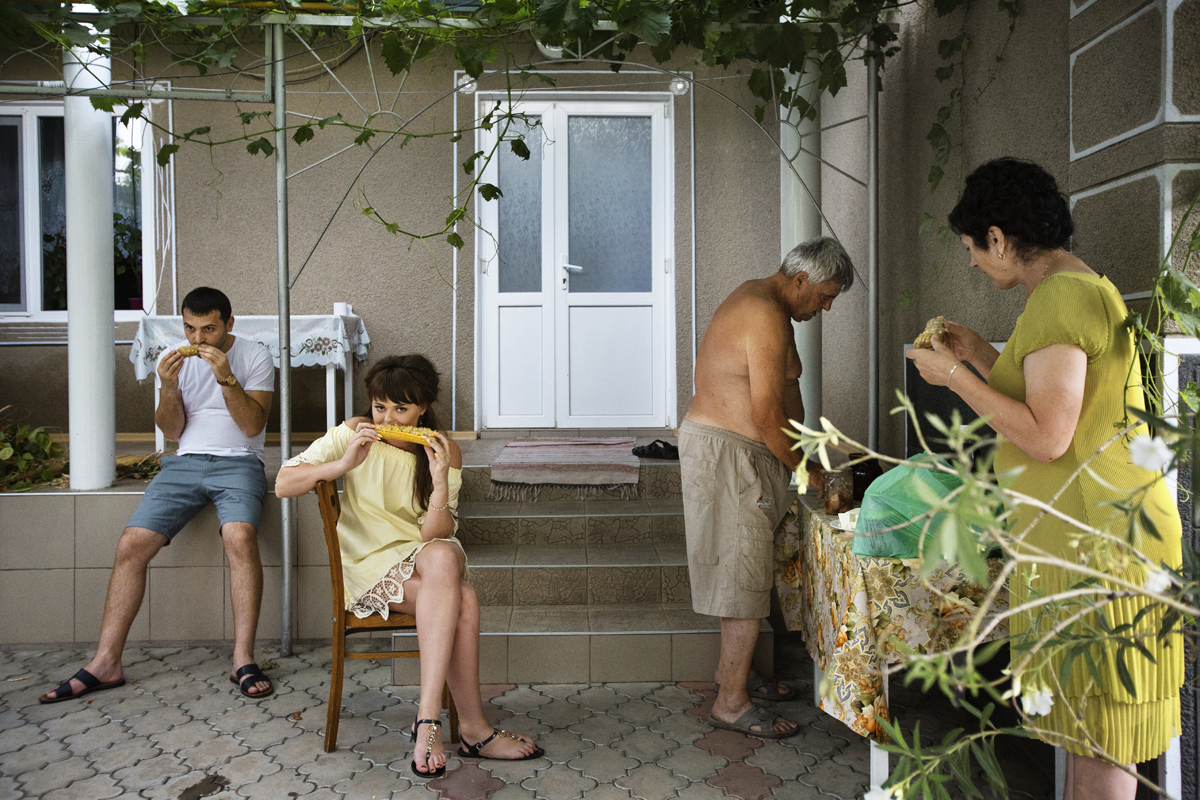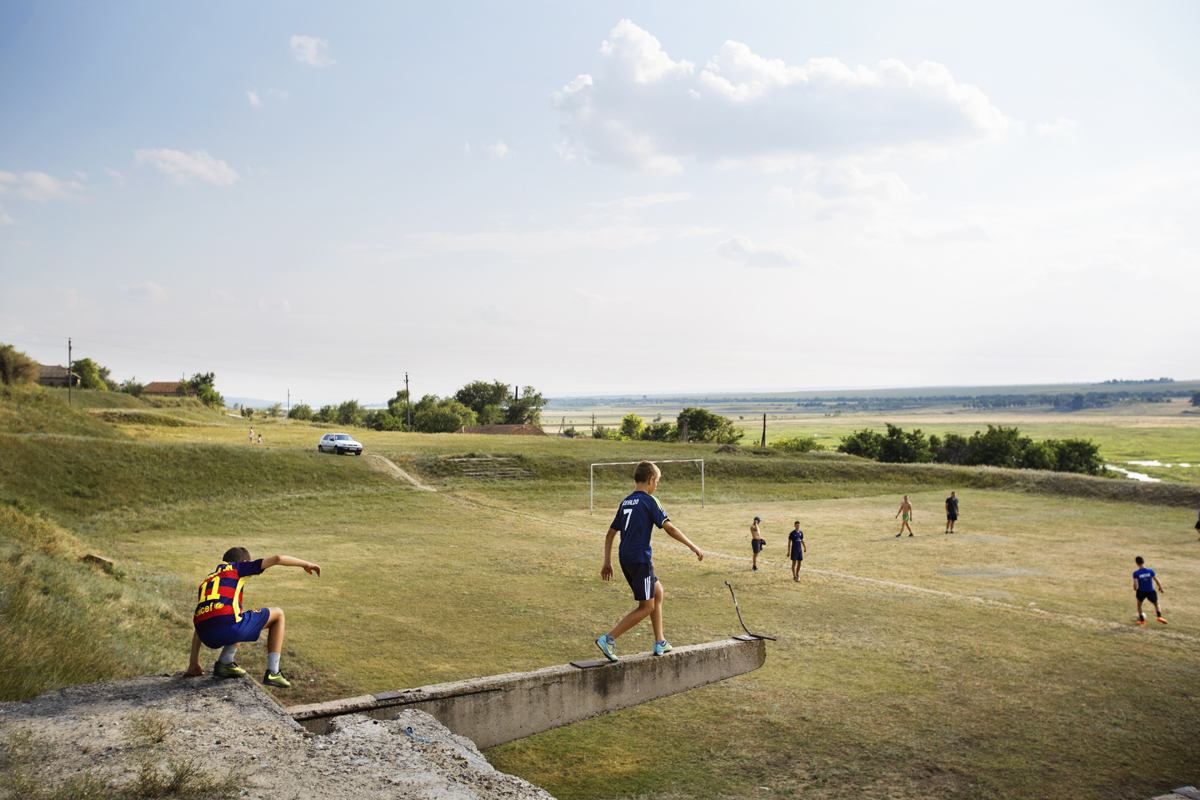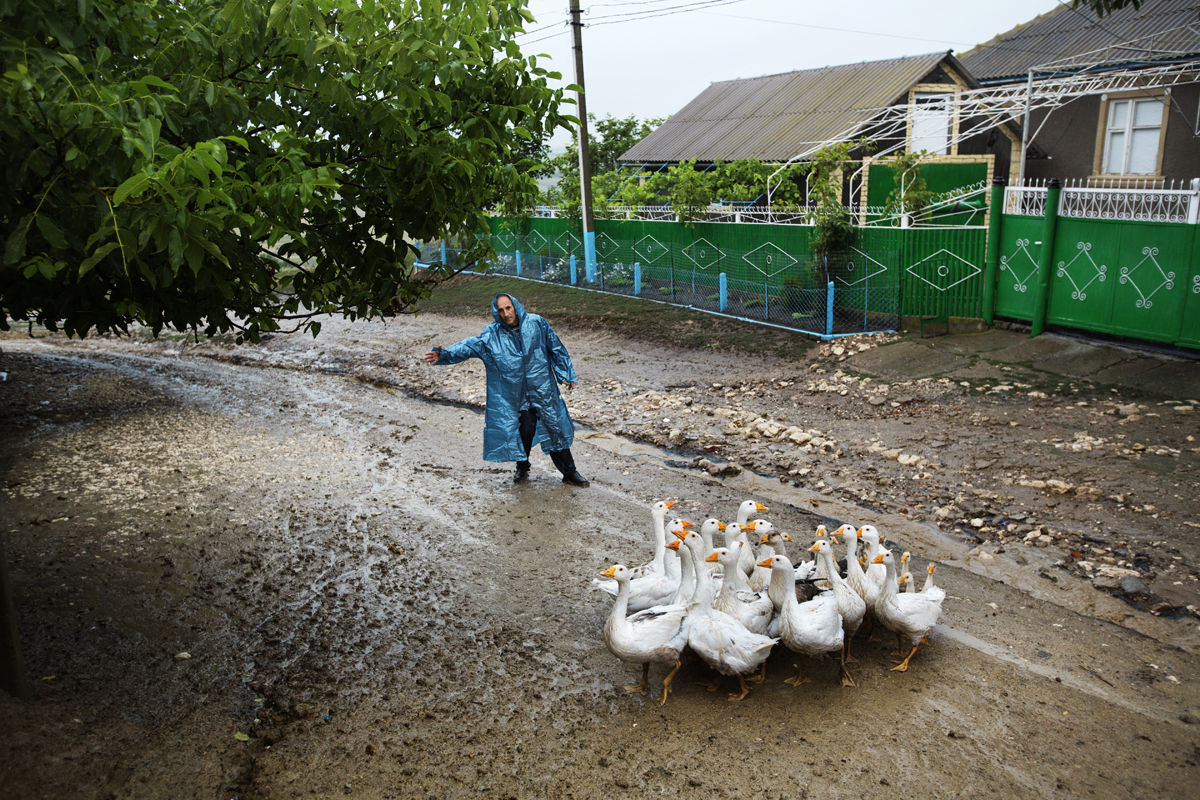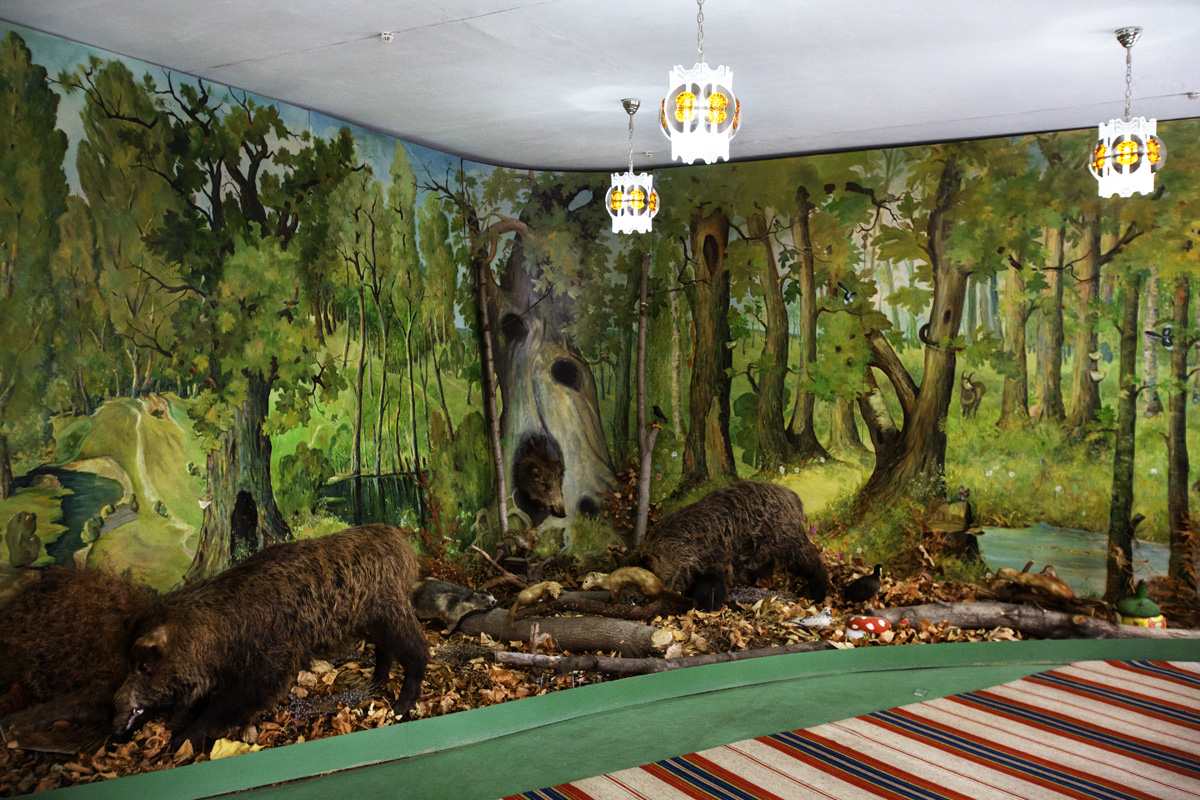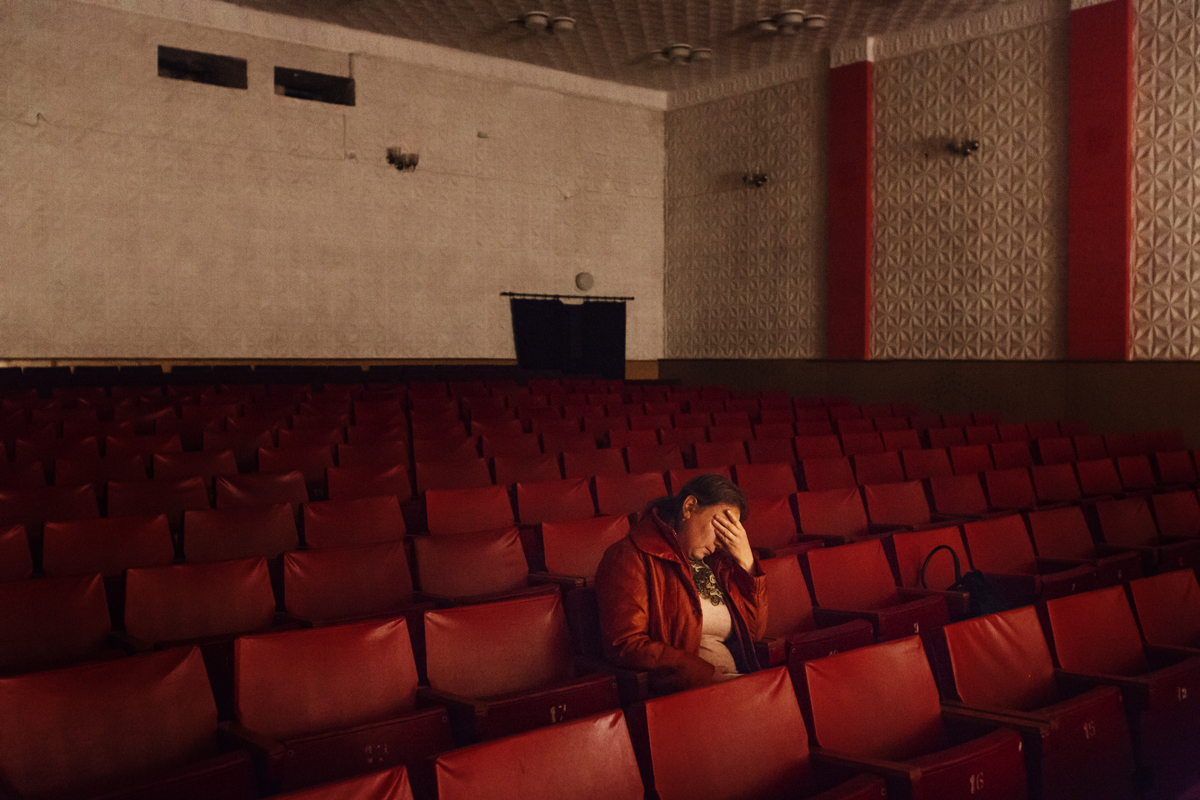Gagauzia (Gagauz Yeri) is a tiny autonomous region inside the Republic of Moldova. The identity of Gagauzian people has been forged out of two apparently opposed elements: they are in fact a Christian Orthodox people of Turkic origin, symbolised by a wolf, with a language that is closely related to all known Turkic idioms. Although the similarities with Moldovans exceed the differences, in 1991 the Gagauz leaders declared in Comrat (capital city of the region) the independence from Moldova. Gagauzians manage to obtain the autonomy status instead of full sovereignty on one condition: they will have the right to decide their own destiny if Moldova becomes a part of Romania. After more than 26 years of Moldova’s independence and 23 years of Gagauz Yeri’s autonomy, the state of things and spirits has not changed much. Kremlin’s propaganda is keeping the animosity alive – the Russian TV is by far the most popular and trusted source in Gagauzia. Keen to preserve their identity against Moldovans, the Gagauzians are widely open towards Russian Soviet influence: now the majority of Gagauzians would rather prefer the Russian than their native language. In the recent years, since the Crimea and Donbass events, regions like Gagauzia returned into the world’s press limelight. Despite the increased international attention and twisted geopolitical moves made in the name of Gagauzia its people are continuing to live their usual conservative lives. When you arrive in Gagauzia it is surprising to find the same lifestyle as that of our grandfathers, the Europe as it was before the urban civilisation. Gagauzia is where Europe could have happened, but didn’t, it is a relic of the Soviet past, a past well-forgotten but not extinct.
